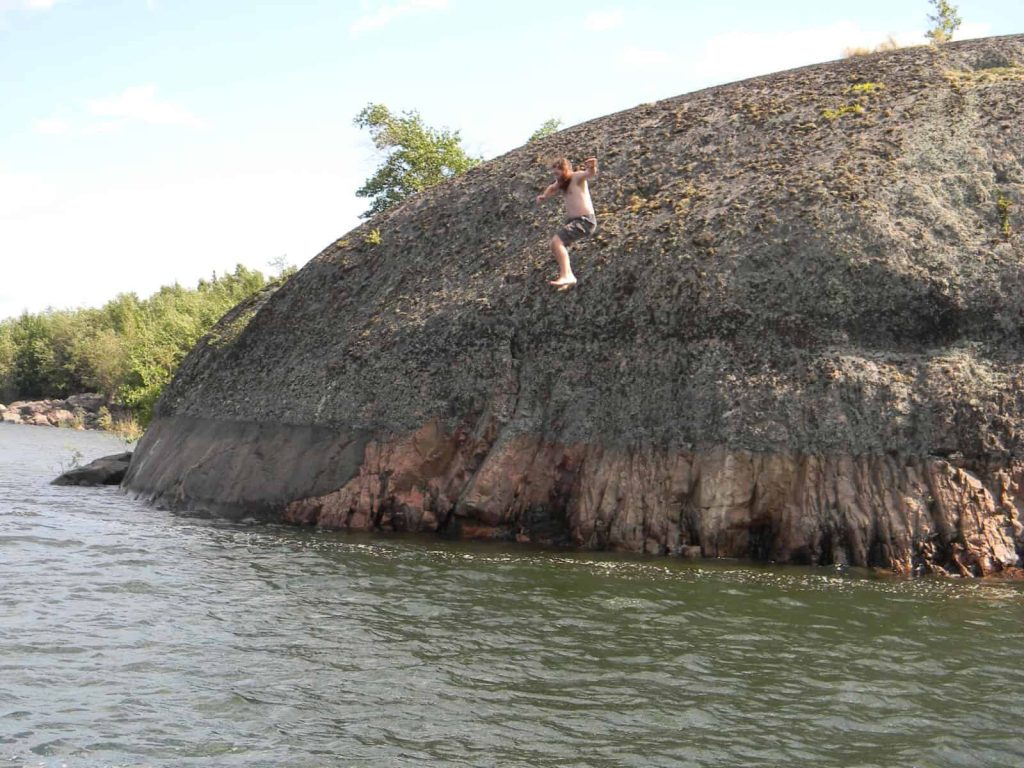Canadian Pike on the Fly: Esox Dreams Become Reality in the Great White North
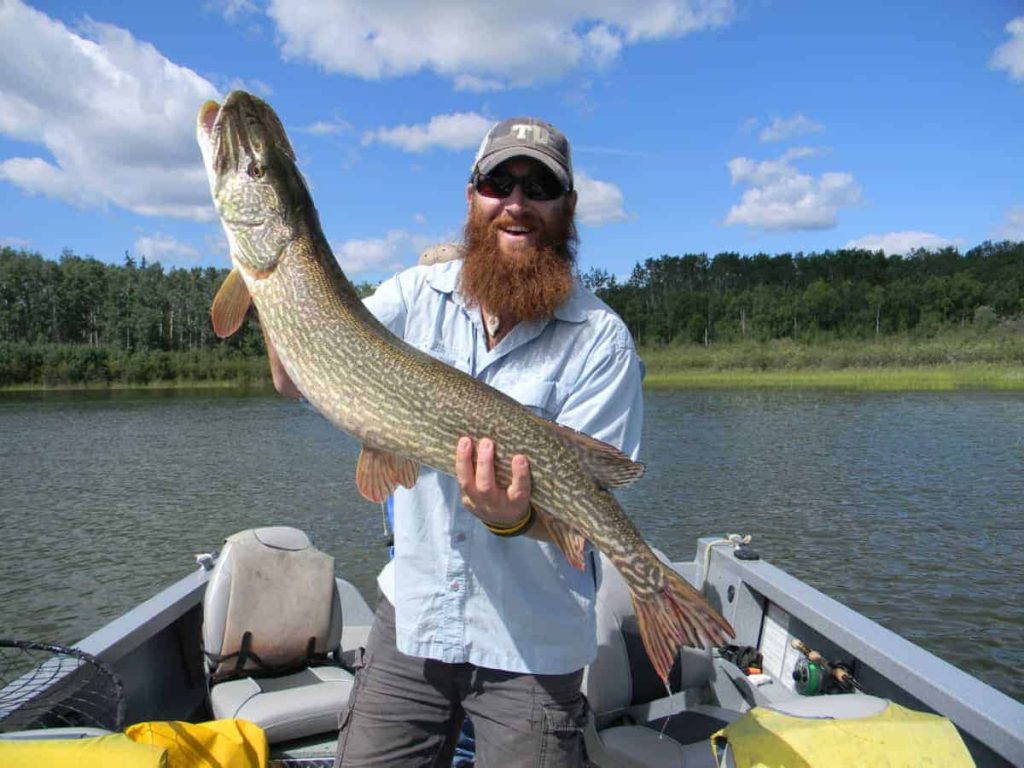
Fly fishing is a game of uncertainty, but embarking on a northern pike mission to a Canadian lake is a pretty safe bet.
Destination fly fishing is a crapshoot with the only guarantee being that dollars, effort, and time will be expended. There’s a laundry list of intangibles between boarding a plane and hooking the fish you’ve been dreaming about for months, or years. That being said, about the closest thing to a sure thing is pike fishing in the far reaches of Canada.
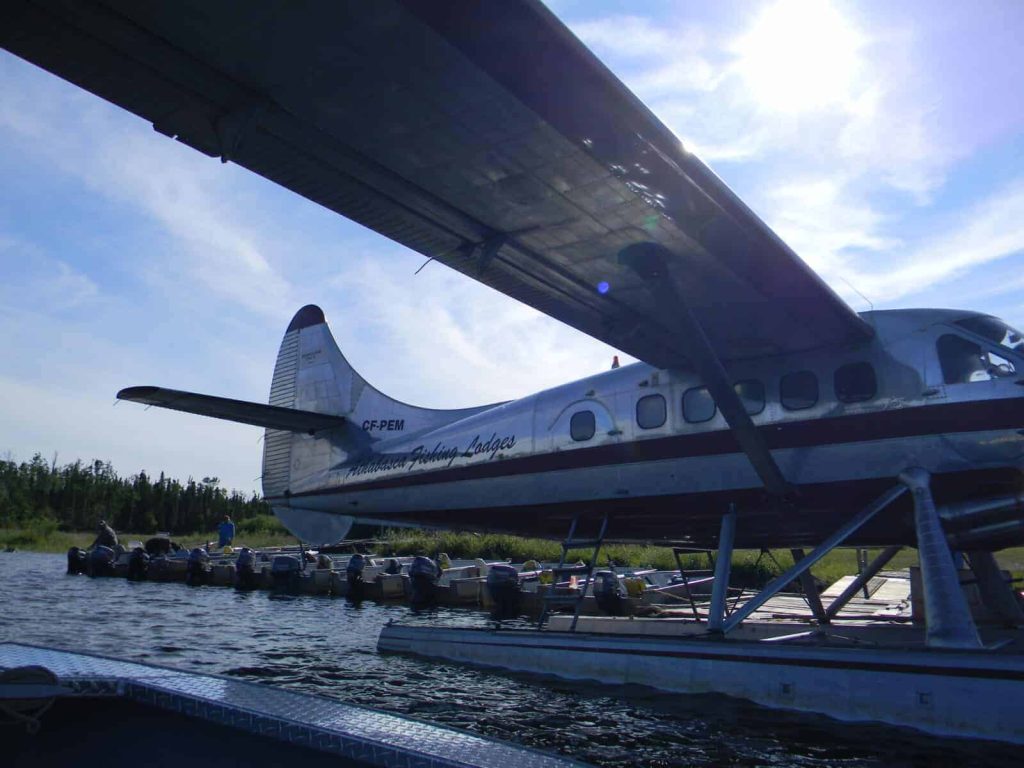
If You Travel, They Will Come
Like any angler that’s done a bit of gallivanting around, I’ve been rained out, blown out and dried out by weather, and worn out by fish that just won’t eat. But, I have yet to meet a fly angler who has returned from the Great White North proclaiming “man, the pike were being picky”. The renowned Canadian pike waters, such as Athabasca, Great Slave Lake, and Wollaston Lake are massive inland seas that all rank high on the list of “largest, deepest” lakes in North America. https://en.wikipedia.org/wiki/Wollaston_Lake. Relative to a body of water 3000 miles in area, the small number of fly anglers that book the few lodges on these lakes isn’t enough fishing pressure to factor into angler success rates. During the short window when these lakes are ice-free, the pike need to eat everything that they can find, and they do.
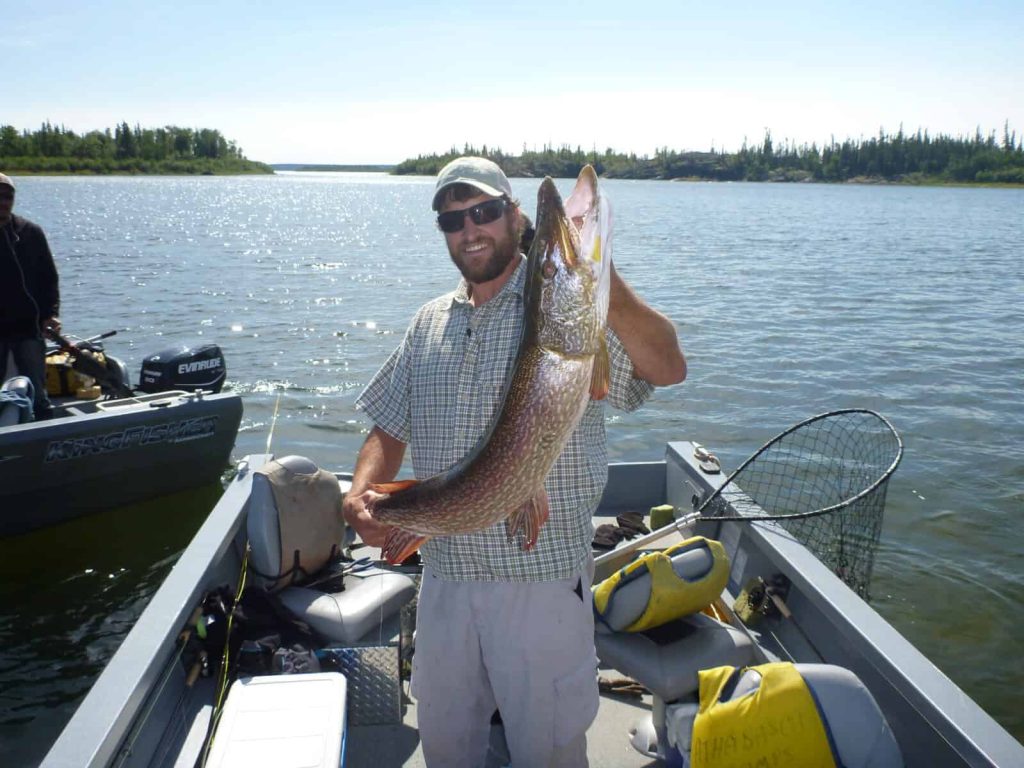
Expectations Surpassed
My introduction to Canadian pike fishing came in the form of a “gator”, a monster fish a few inches shy of four feet in length, that jumped on a fly that I had created in the cabin that very morning. No experience necessary. Over the next few days, the four of us caught as many big pike as we felt like, and any angler capable of casting 50 feet, with the proper gear, would’ve done about the same. Every bay held at least one pike willing to engulf a fly. We all caught pike over 40-inches, which is newsworthy class-size in my home waters of Montana, but merely an above-average fish in Alberta, the Northwest Territories and Saskatchewan. A friend of mine caught a 50” pike on Wollaston Lake a few years back. At the time, I didn’t know that pike could attain such size. https://www.flyfisherman.com/editorial/fly-fishing-for-pike/152468
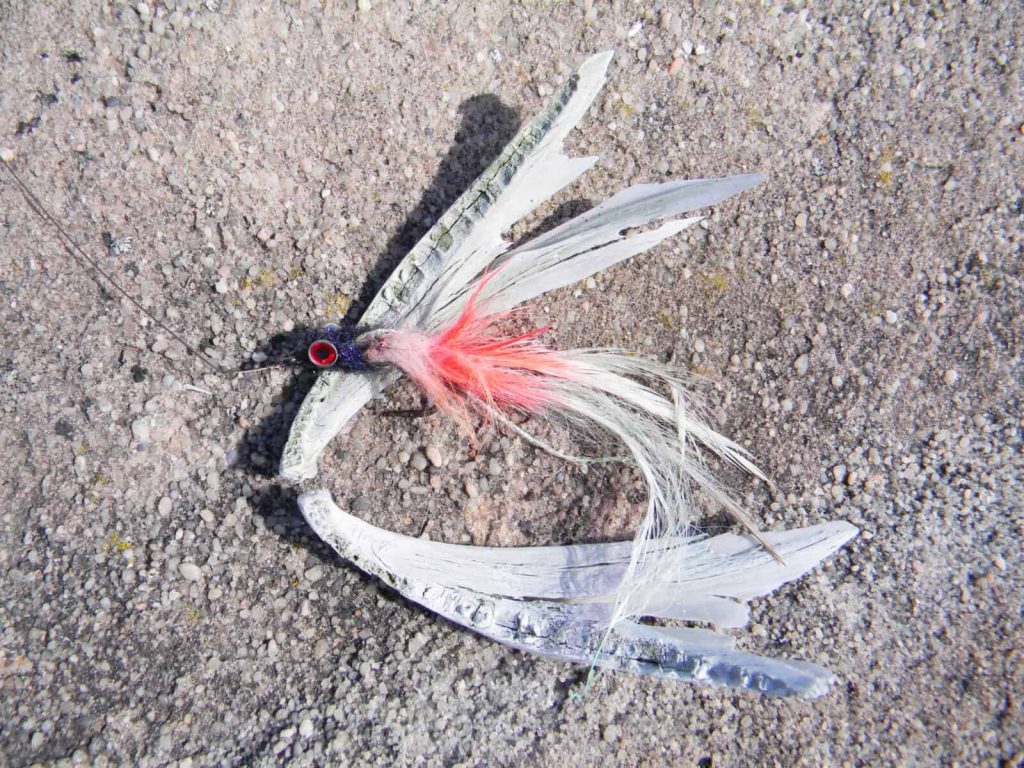
The Toad
My confidence resides in the Toad-style pattern for pike. I rely upon Toads in various color combinations for the same reasons that tarpon anglers love this pattern. The fly hovers in the water column and can be retrieved at variable speeds. It can be cast into the shallows, stripped over the top of the hook-snatching reeds, and allowed to settle on the edge of the cabbage where the big fish tend to hunt.
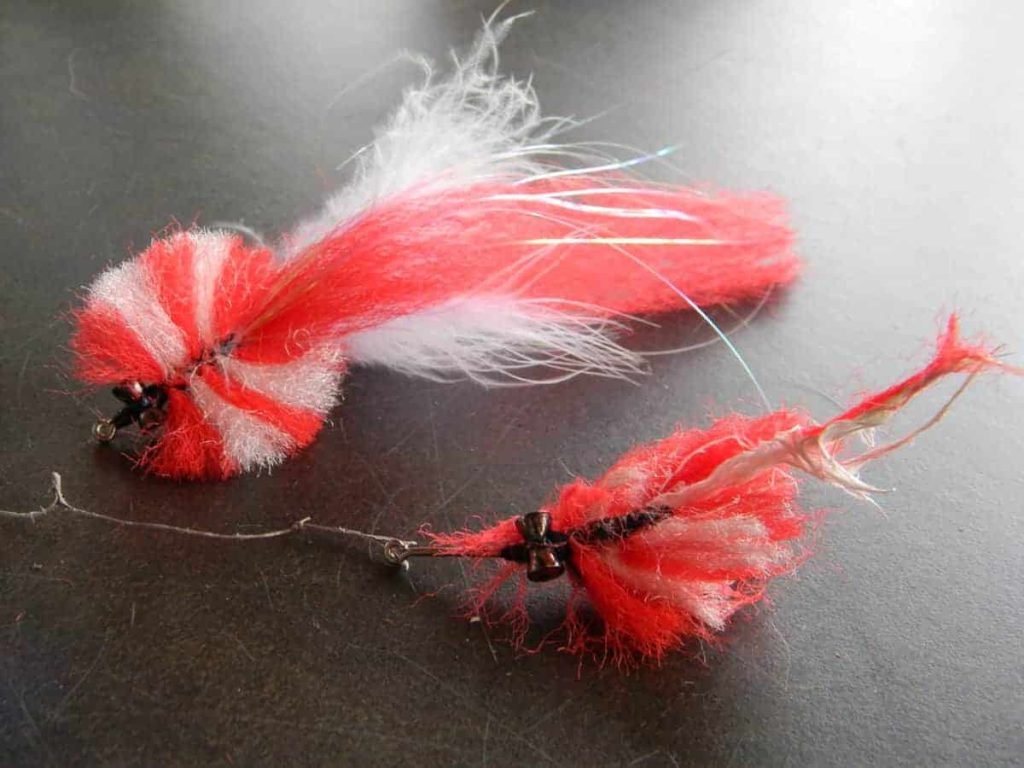
Straightening the Curve
Over the course of prime pike on-the-fly season in Montana, I may encounter a couple-dozen fish, with many of them falling into the get-off-my-line category of “hammer handles”. In Canada, you can easily hook a couple dozen fish in a morning with the average size in the low to mid thirties and a forty-incher certainly a possibility. With that many encounters, the muscle-memory begins to take hold. Casts involving big flies become more accurate and consistent, line management improves, and the strip-strike is on-point (not to mention, the somewhat tricky filleting process) https://www.youtube.com/watch?v=4JkA68kceCw. After a few days of this, you will return from Canada a far better and more confident pike angler, which translates to your waters back home.
